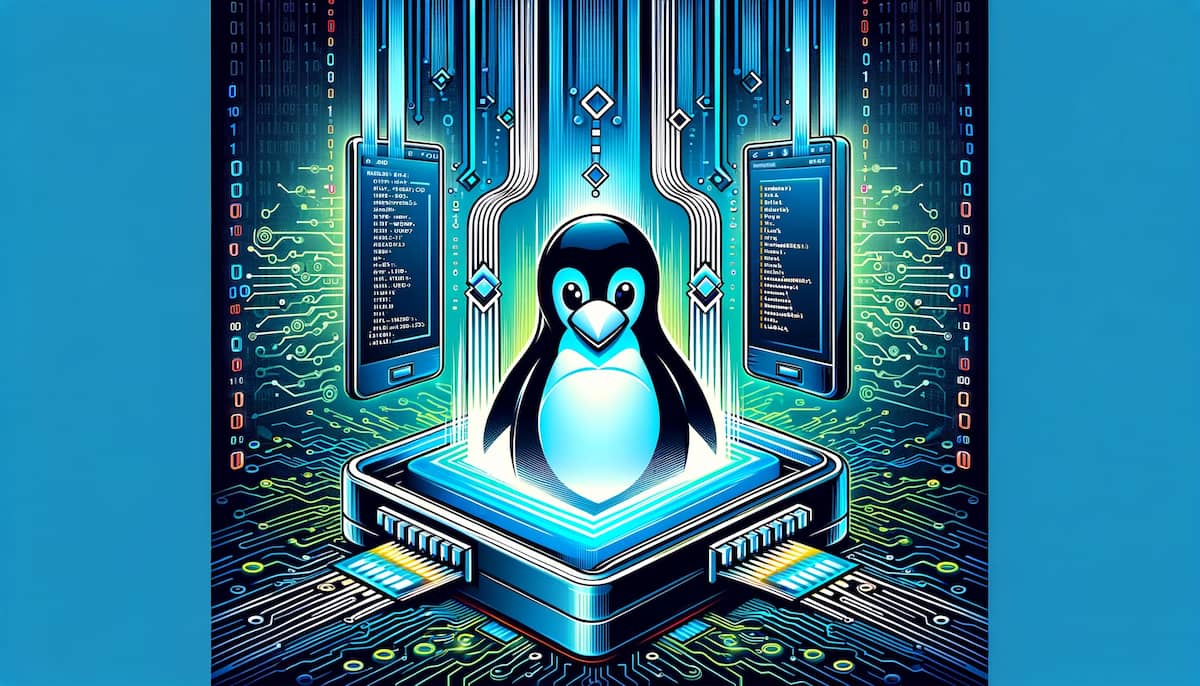A brief list of how to export (save) and import your saved application settings for some Linux apps. I use (and test) this on Ubuntu and Mint, can’t guarantee for other (non-Ubuntu-based distros). Intended for my use – but if it helps anyone else, cool.
Table Of Contents (T.O.C.):
1. First things first
Most of this stuff will require you to edit hidden and protected system files.
The simplest GUI way to do that is to install (my favourite file manager 🙂 ) Double Commander, and run in with privileges from the terminal:
1.
CTRL+ALT+T
2.
sudo doublecmd3.
Enter your admin password and then press CTRL+. (dot) to see the hidden files in DoubleCommander.
2. Double Commander settings
The settings for Double Commander are at this path:
/home/your_user_name/.config/doublecmd/
You can copy the files from that directory to save your settings.
Then, to restore your settings, overwrite all the existing files on that path with your saved files. In order to be able to see & overwrite those files, follow the instruction from chapter 1.
3. Kate text editor
Kate is my favourite text editor. 🙂 Its sessions are saved at:
/home/your_user_name/.local/share/kate
Config files:
/home/your_user_name/.config
- katerc – the main configuration file for Kate – general settings for the editor.
- katesyntaxhighlightingrc – syntax highlighting configurations.
- katevirc – settings for the Vi input mode.
- katemetainfos – meta information like bookmarks and the last cursor position in edited files.
- katepartsrc – configuration file for the KatePart (editing component used not just in Kate, but potentially in other KDE applications).

